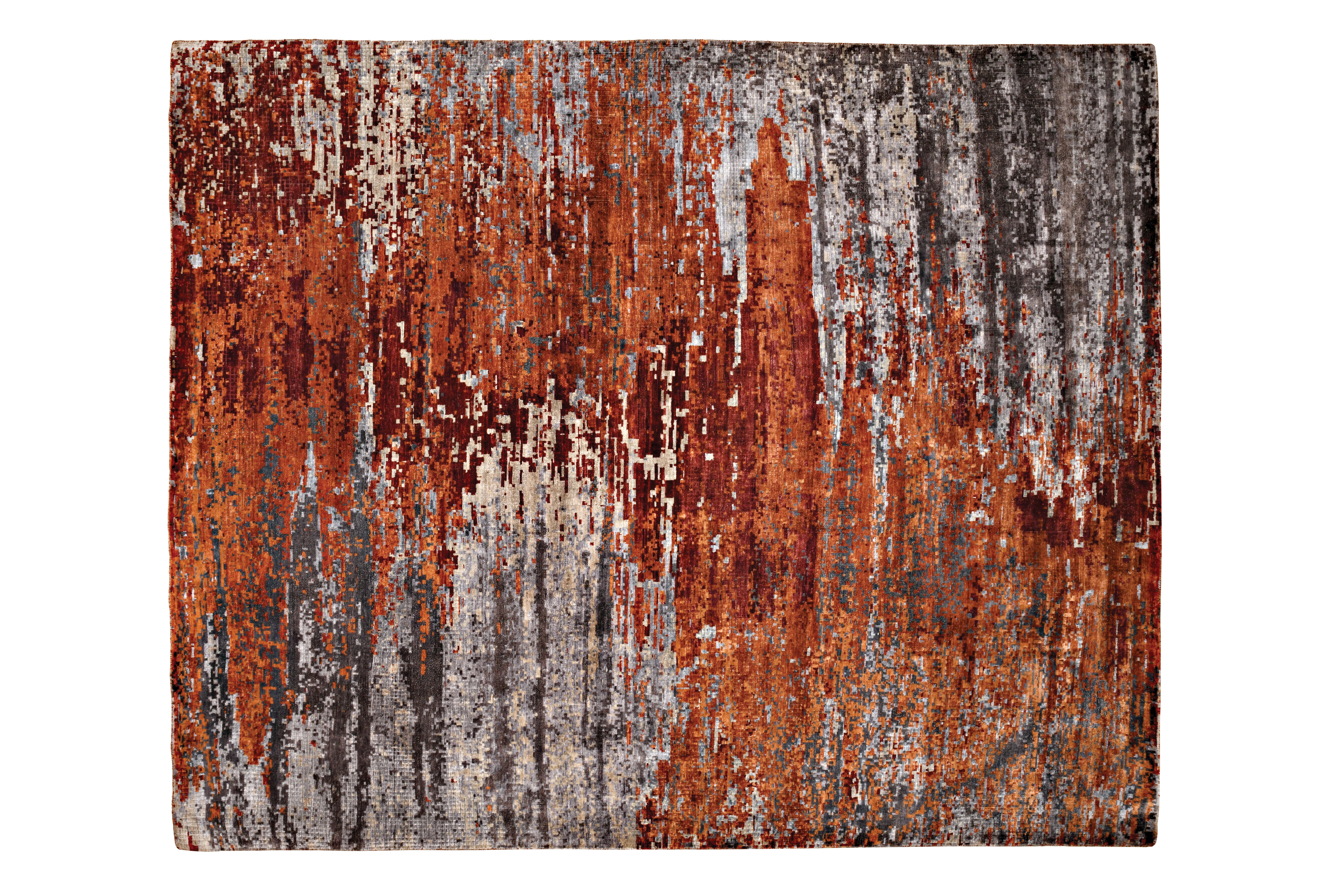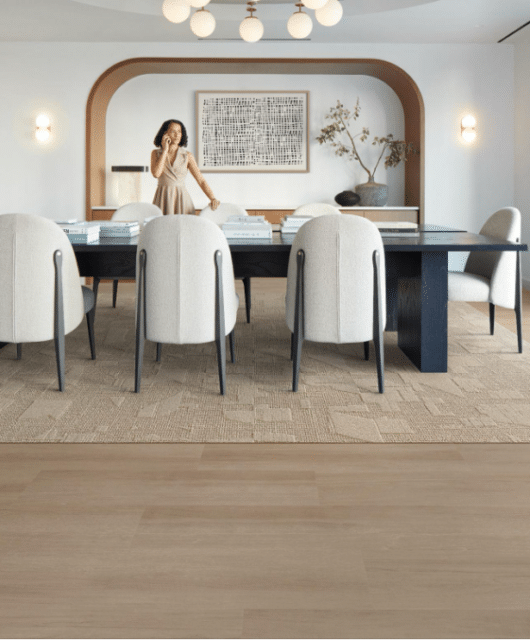 Hands, the creator of exquisite handmade carpets since 1881 is now available in Dubai. Hands carpets have adorned the floors of some of the most important landmark buildings in the world. It includes many royal palaces and hotels like the Plaza in New York City, Burj Al Arab, Armani Hotel, Four Seasons Hotel in Dubai and the White House.
Hands, the creator of exquisite handmade carpets since 1881 is now available in Dubai. Hands carpets have adorned the floors of some of the most important landmark buildings in the world. It includes many royal palaces and hotels like the Plaza in New York City, Burj Al Arab, Armani Hotel, Four Seasons Hotel in Dubai and the White House.
The exclusive boutique showroom is located in building 9, Dubai Design District (d3), bringing the latest collection of fine handmade carpets from India to the local market.
The illustrious journey of Hands dates back to 1881 when Englishman A Tellery discovered the artistically gifted carpet weaving community of Bhadohi, a tiny hamlet near the ancient city of Varanasi, two hours from Delhi by air and road. The weavers there had mastered the art of weaving handmade carpets of very high quality and now, over a century later, Tellery’s legacy is maintained through the Patodia family, and the marque has become synonymous with craftsmanship that constantly redefines the timeless essence of luxury.
“We are delighted to have opened our first retail space in Dubai at d3 – the epicentre of Middle East’s design world. We invite discerning clients in the UAE to come and view some of the masterpieces that we proudly display, and subsequently own an exquisite Hands creation,” said Pranay Patodia, director, Hands Carpets.
The brand is launching two new collections here:
The Mineralogy Collection: Born eons ago in the depths of the Earth, the unrelenting power of evolution created minerals of exceptional yet complex beauty. Inspired by these rare minerals, this hand-knotted collection interprets their essence of extraordinary crystalline nature. Masterfully brought to life in bamboo silk and wool. From the unusual Zircon, which changes colour with heat, to quartz, which has influenced the way we live today, every carpet is designed to make the space even more luxurious.
The Lithology Collection: The range emulates earth’s landforms through the infinite interplay of pile height variances, colours, textures, backgrounds, and craftsmanship. For example – the Delta is distinctively marked by multiple layers of colours while the spruce is intentionally textured in frequent peaked shapes.







